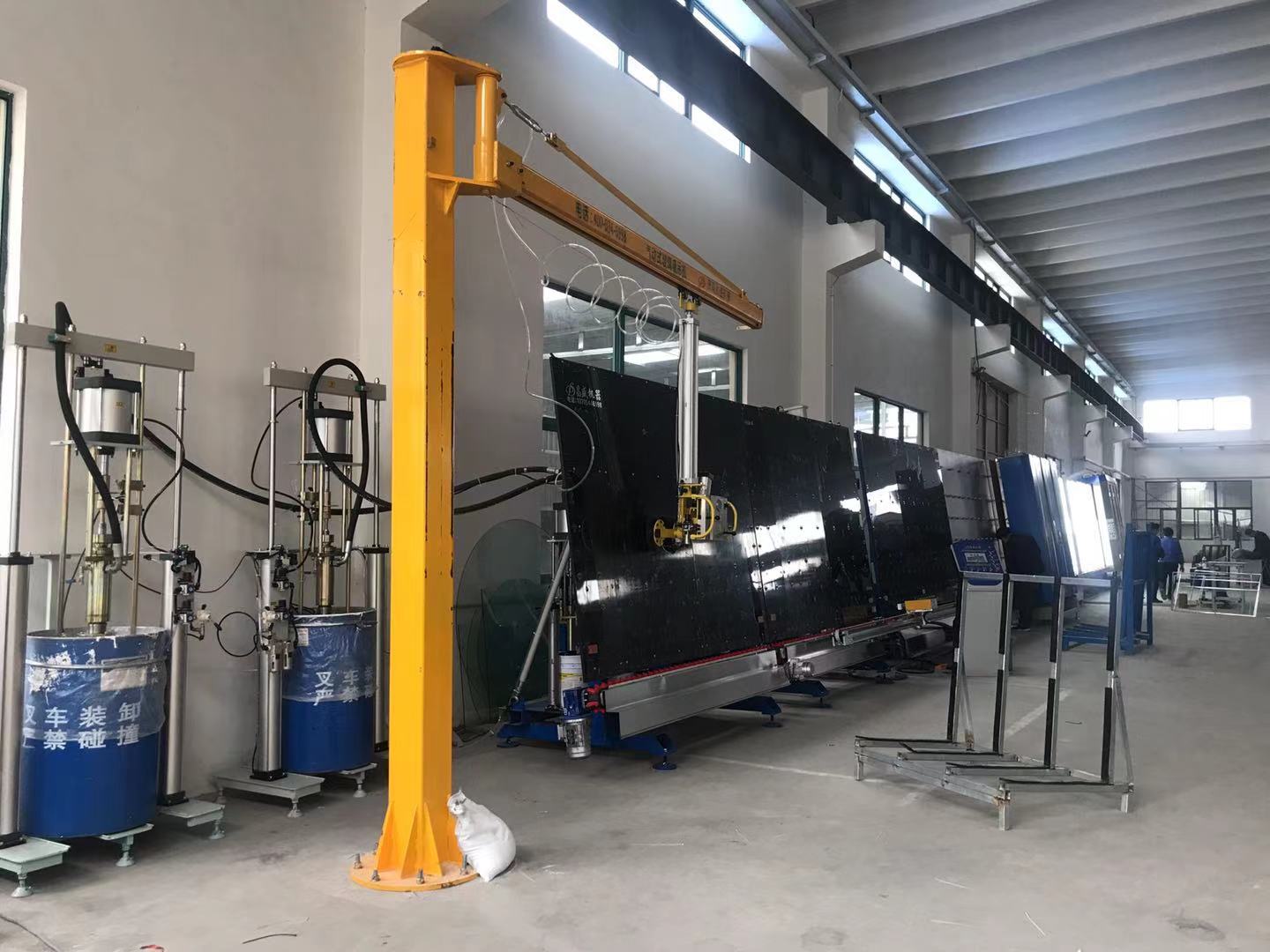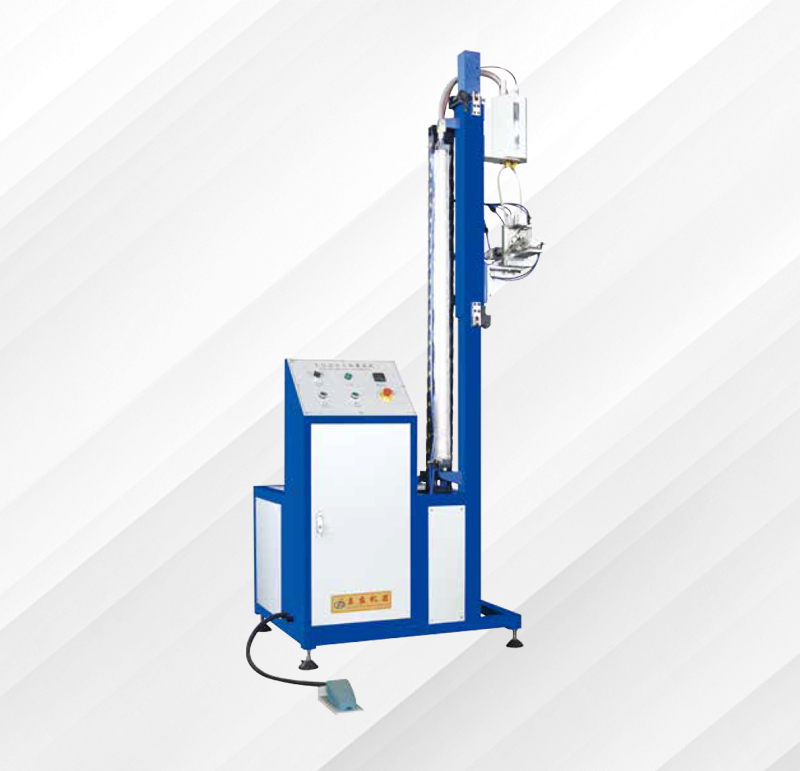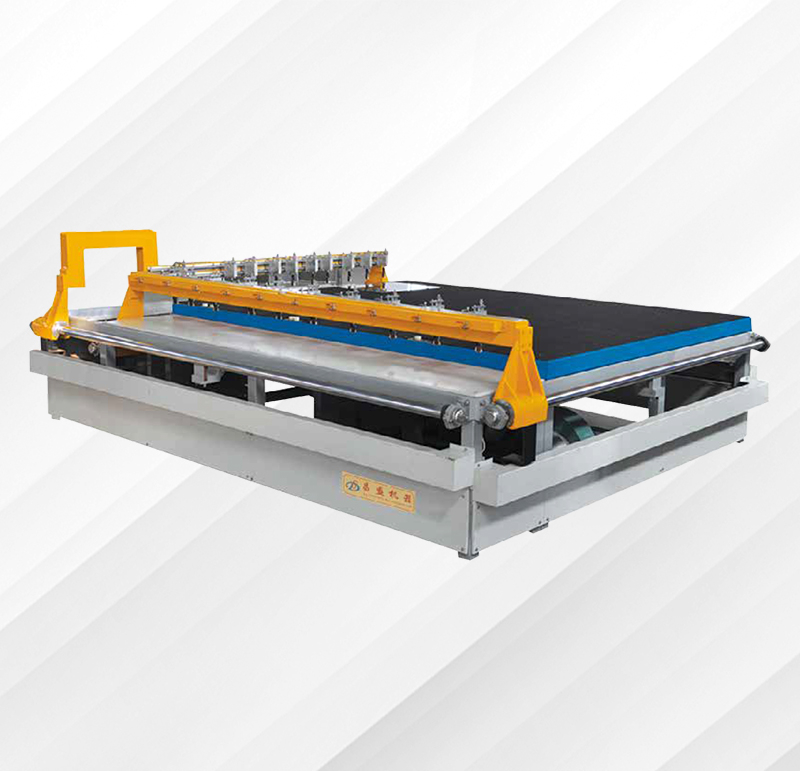
中空玻璃加工設(shè)備故障分析流程
時(shí)間:2024-07-03 來源:http://www.kljgg.cn/ 發(fā)布人:昌盛機(jī)械
1在保持現(xiàn)場的情況下進(jìn)行癥狀分析
Perform symptom analysis while maintaining the scene
(1) 詢問操作人員:發(fā)生了什么故障?在什么情況下、什么時(shí)間發(fā)生的?設(shè)備運(yùn)行了多久?故障發(fā)生前有何異常現(xiàn)象(如有何聲響、報(bào)警信號、煙氣、異味)有無錯(cuò)誤操作?控制系統(tǒng)操作是否正常?操作程序有無變動(dòng)?有操作時(shí)有否特殊困難或異常?
(1) Ask the operator: What malfunction has occurred? Under what circumstances and at what time did it occur? How long has the device been running? Are there any abnormal phenomena (such as noise, alarm signals, smoke, odor) or incorrect operations before the malfunction occurs? Is the operation of the control system normal? Is there any change in the operating procedure? Are there any special difficulties or abnormalities during operation?
(2) 觀察(包括整機(jī)概況,各項(xiàng)運(yùn)行參數(shù)) 觀察有無明顯的異常現(xiàn)象?零件有卡阻或損傷?各種管線是否松動(dòng)或泄露?電纜(線)有無破裂、擦傷或燒毀?設(shè)備運(yùn)行參數(shù)有何變化?有無明顯的損壞信號?
(2) Observe (including the overall situation of the machine and various operating parameters) for any obvious abnormal phenomena? Is there any jamming or damage to the parts? Are various pipelines loose or leaking? Is the cable (wire) broken, scratched, or burned? What changes have occurred in the operating parameters of the equipment? Is there any obvious damage signal?
(3) 檢查檢測指數(shù)裝置
(3) Check the detection index device
檢查所有讀數(shù)是否正常,包括壓力或儀表讀數(shù)等。檢查過濾器、報(bào)警器及聯(lián)鎖裝置、打印輸出或顯示器是否正常。
Check if all readings are normal, including pressure or instrument readings. Check if the filters, alarms, interlocks, printouts, or displays are functioning properly.
(4) 點(diǎn)動(dòng)設(shè)備檢查(在條件允許的情況下)
(4) Inspection of jog equipment (if conditions permit)
檢查間歇情況、長期情況、快或慢時(shí)的情況,這些情況是否有代表性和再現(xiàn)性,是否影響輸出,能否引起損壞或其他危險(xiǎn)。
Check for intermittent, long-term, fast or slow conditions, whether they are representative and reproducible, whether they affect output, whether they cause damage or other hazards.
2、檢查設(shè)備(包括零件、部件、系統(tǒng)線路檢查)
2. Inspection equipment (including parts, components, and system wiring inspection)
(1) 利用五官進(jìn)行檢查(繼續(xù)深入觀察的過程)
(1) Using facial features for examination (continuing the process of in-depth observation)
摸:設(shè)備的振動(dòng)元(組)件的熱度(要注意!盡量用手背)。
Touch: The heat of the vibration elements (components) of the equipment (pay attention to safety! Try to use the back of your hand).
聽:有無異常聲響。
Listen for any abnormal sounds.
嗅:有無焦味及其他異味;
Smell: whether there is a burnt or other odor;
查:工件的開關(guān)與位置變化、設(shè)備性能參數(shù)的變化、線路異常檢查。
Check for changes in the switch and position of the workpiece, changes in equipment performance parameters, and abnormal circuit checks.
進(jìn)行線路檢查時(shí),應(yīng)在明確系統(tǒng)原理,熟悉系統(tǒng)接線及安裝街具體情況下進(jìn)行。
When conducting circuit inspections, it is necessary to clarify the system principle, familiarize oneself with the system wiring and specific installation conditions.
進(jìn)行線路檢查時(shí),應(yīng)在明確系統(tǒng)原理,熟悉系統(tǒng)接線及安裝街具體情況下進(jìn)行。
When conducting circuit inspections, it is necessary to clarify the system principle, familiarize oneself with the system wiring and specific installation conditions.
(2) 評定檢查結(jié)果
(2) Evaluation and inspection results
評定故障判斷是否正確,故障線索是否找到,各項(xiàng)檢查結(jié)果是否一致。
Assess whether the fault diagnosis is correct, whether the fault clues have been found, and whether the results of various inspections are consistent.
3、故障位置的確定
3. Determination of fault location
(1) 確定系統(tǒng)結(jié)構(gòu)及測試方法
(1) Determine system architecture and testing methods
在熟悉設(shè)備說明書并了解設(shè)備基本原理后,確定設(shè)備故障所在,并明確用什么方法測試,需要什么手測試手段,可能獲得什么樣的測試參數(shù)或性能參數(shù),在什么操作條件下進(jìn)行,必須遵守哪些措施等。
After familiarizing oneself with the equipment manual and understanding the basic principles of the equipment, determine the location of the equipment malfunction, and clarify what methods to use for testing, what manual testing methods are required, what testing parameters or performance parameters may be obtained, under what operating conditions, and what safety measures must be followed.
(2) 系統(tǒng)檢測
(2) System detection
根據(jù)前面的分析,采用為合適的測量方法,選擇合適的測量點(diǎn),根據(jù)輸入或反饋所得結(jié)果與正常值或性能標(biāo)準(zhǔn)進(jìn)行,確定可疑位置。
Based on the previous analysis, use the most suitable measurement method, select the appropriate measurement point, and determine the suspicious location based on the input or feedback results and normal values or performance standards.
系統(tǒng)檢測的方法很多,如直接比較法(與無故障的設(shè)備對比)、分步隔離法(逐步縮小檢查范圍)、變換條件法(用于故障現(xiàn)象不明顯時(shí))、試探反證法,檢測量法,試切試樣法等。
There are many methods for system detection, such as direct comparison method (compared with equipment without faults), step-by-step isolation method (gradually reducing the inspection range), transformation condition method (used when the fault phenomenon is not obvious), trial and error method, detection quantity method, and trial cut sample method.
1、修理或更換
1. Repair or replace
(1)修理:查找故障原因,修復(fù)并采取預(yù)防措施;檢查相關(guān)零件,防止故障擴(kuò)散。
(1) Repair: Identify the cause of the malfunction, repair and take preventive measures; Check the relevant parts to prevent the spread of faults.
(2) 更換:正確裝配調(diào)試更換零件,并注意相關(guān)件。
(2) Replacement: Properly assemble, debug and replace parts, and pay attention to relevant parts.
- 淺析中空玻璃丁基膠內(nèi)溢及改善方法 2024/09/03
- 臥式丁基膠涂布機(jī):淺析中空玻璃丁基膠內(nèi)溢及改善方法 2024/09/02
- 中空玻璃打膠機(jī)的從屬分類 2024/08/22
- 丁基膠涂布機(jī)升級設(shè)計(jì)的重要要素 2024/08/19
- 中空玻璃設(shè)備生產(chǎn)線要注意什么? 2024/08/15
- 式中空玻璃設(shè)備的自動(dòng)化磨砂玻璃制造工藝 2024/08/12
- RTEX在全自動(dòng)鋁條折彎機(jī)上的應(yīng)用 2024/08/08
- MBS防火玻璃生產(chǎn)線的特點(diǎn)介紹 2024/08/05
- 膠頭前置全自動(dòng)涂膠機(jī)的使用優(yōu)勢 2024/08/01
- 膠頭前置全自動(dòng)涂膠機(jī)的使用優(yōu)勢 2024/08/01
 產(chǎn)品分類Product categories
產(chǎn)品分類Product categories
 聯(lián)系我們Contact us
聯(lián)系我們Contact us
- 咨詢熱線:0531-85717458 13705446998
- 公司地址: 山東省德州市齊河安頭鄉(xiāng)企巢工業(yè)園
- 掃碼聯(lián)系我們:


 當(dāng)前位置:
當(dāng)前位置:



